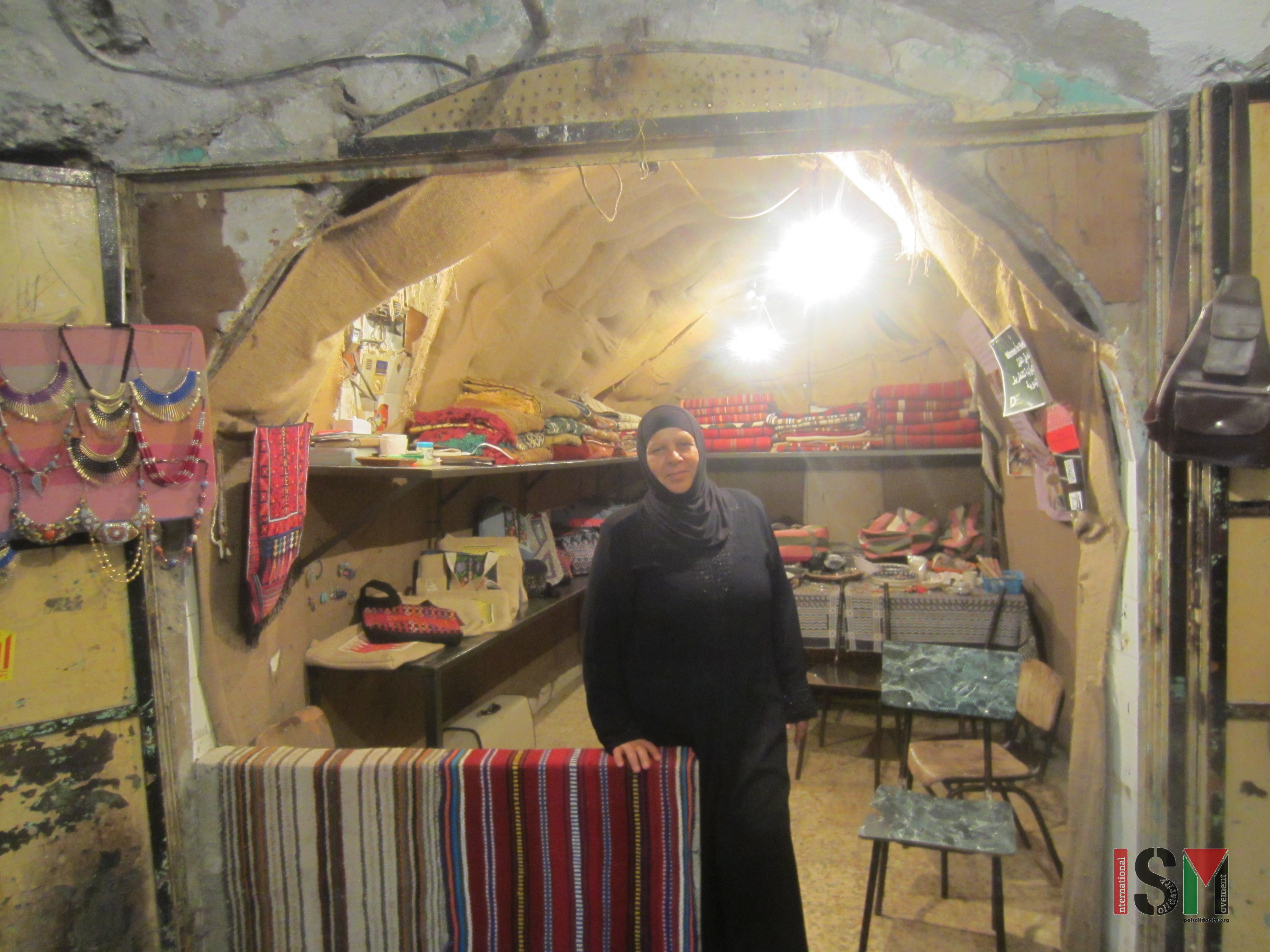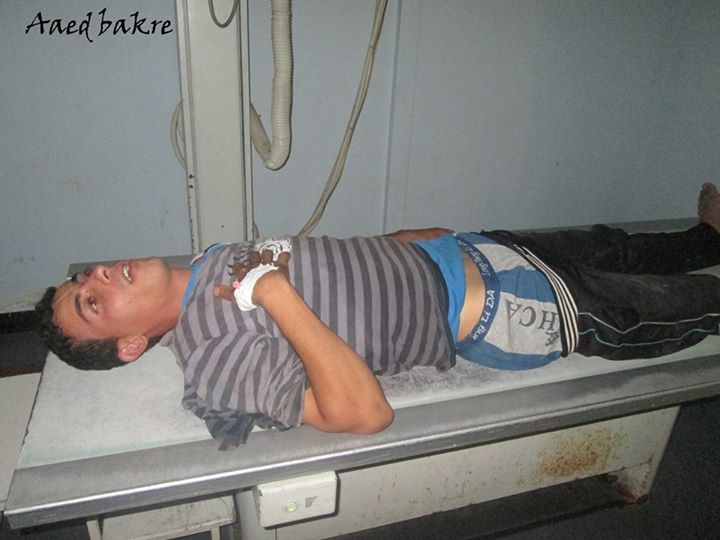Category: Photo Story
-
The women in Hebron cooperative
13th September 2015 | International Solidarity Movement, Al-Khalil Team | Hebron, Occupied Palestine International Solidarity Movement human rights monitors spend the afternoon at the Women in Hebron embroidery cooperative where Palestinian women are empowering themselves and persisting with grace in a colourful and beautiful way in a community space amidst the horror of the ongoing…
-
Israeli forces continue abuses on Gaza fishermen, open fire at dawn
21st July 2015 | International Solidarity Movement, Gaza Team | Gaza, Occupied Palestine At 3:00 AM on the 21st of July 2015, Israeli forces once again opened fire on fishermen in the Gaza city area. 20 year old Ahmed Ismail al-Sharafi was shot in the right side of the back. The bullet exited very close…



